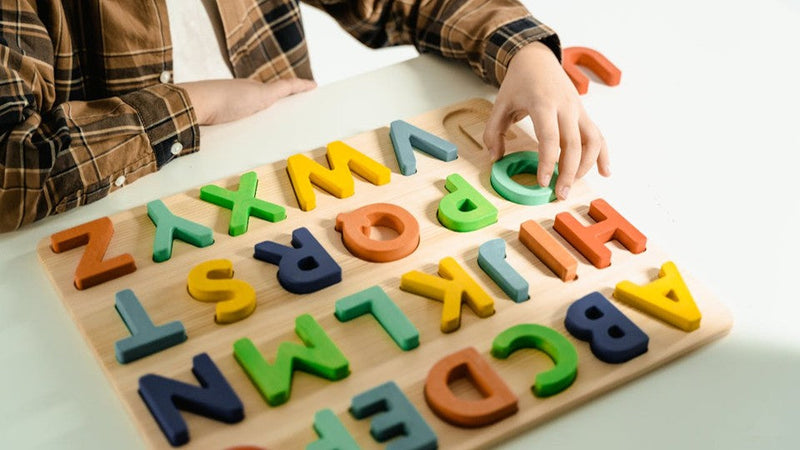

Screen Time: Finding a Healthy Balance for Young Children
In today’s digital world, screens are everywhere—TVs, tablets, smartphones, and computers are part of everyday life, even for young children. While screen time can offer educational and entertaining content (like your favorite kids' YouTube channel!), it’s important to strike a healthy balance. Finding that sweet spot helps support your child’s physical, emotional, and cognitive development.
Why Screen Time Isn’t All Bad
Not all screen time is created equal. Interactive, age-appropriate content can help teach early literacy, numbers, science, and social skills. Educational shows, games, and videos can complement traditional learning when used mindfully and in moderation.
Benefits of mindful screen use:
- Enhances learning through visuals and music
- Teaches social-emotional lessons through storytelling
- Encourages participation through dance, singing, or questions
- Supports parents with safe, guided activities during downtime
Signs of Too Much Screen Time
Even helpful screen time can become harmful when overused. Excessive screen use may lead to:
- Sleep disturbances
- Irritability or emotional meltdowns
- Trouble focusing
- Lack of interest in outdoor or creative play
- Physical inactivity
The American Academy of Pediatrics recommends:
- Under 18 months: Avoid screen time except for video chatting
- 18–24 months: Limit to high-quality content and co-view with your child
- 2–5 years: No more than 1 hour per day of high-quality content
Tips to Find a Healthy Screen Time Balance
1. Create a Schedule
Establish a daily routine that includes playtime, outdoor activity, meals, naps, and screen time. Stick to set times so your child knows what to expect.
2. Choose Quality Content
Pick shows or apps that are age-appropriate, educational, and interactive. Look for programs that encourage movement, language, or problem-solving.
3. Co-View and Engage
Watch or play with your child! Ask questions, talk about the story, or act out scenes. This turns passive watching into an active, shared experience.
4. Encourage Screen-Free Play
Balance digital time with open-ended play like building, drawing, puzzles, or pretend games. These activities build imagination, motor skills, and creativity.
5. Use Screens as a Tool—Not a Babysitter
While it’s okay to use screens for occasional breaks, avoid relying on them as a constant distraction. Help your child learn to entertain themselves with non-digital play, too.
6. Set a Good Example
Model balanced screen use by limiting your own screen time around your child. Put your phone away during meals and family time.
Conclusion
Screens can be wonderful tools for learning and fun—but like anything, they work best when used in moderation. With mindful choices and consistent routines, you can help your child enjoy the benefits of technology while still exploring, creating, and growing in the real world.















